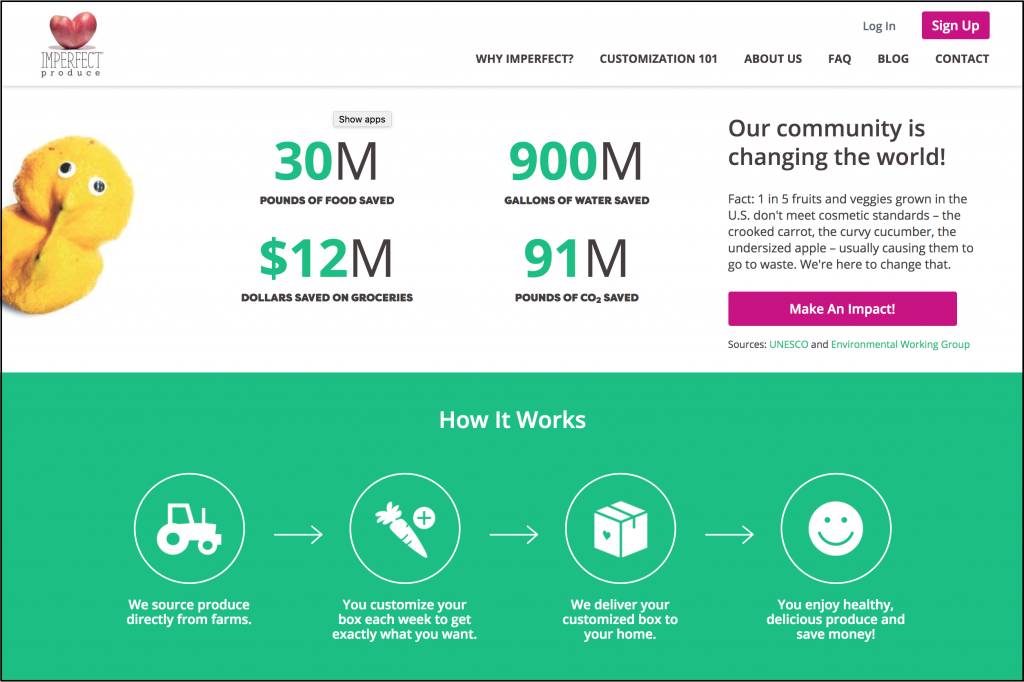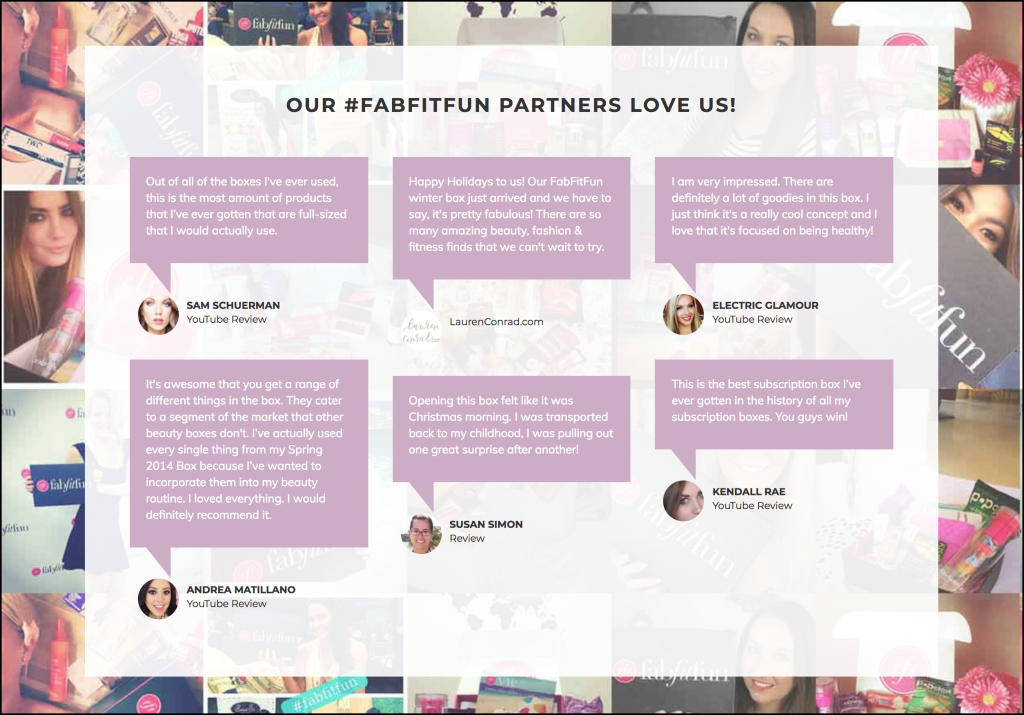
Photo by freestocks.org on Unsplash
If you’ve ever used Netflix, Spotify, Blue Apron, or even a LimeBike, you’ve participated in the subscription economy. And the way things are going, you’re only going to see more of it.
Startups and billion-dollar industries alike are dipping their toes into the subscription business model, where consumers pay a recurring fee for access to products or services. Makeup samples, personal stylist picks, and ready-to-make meals are some of the most recognized subscription boxes around, but the model also includes software as a service products, streaming movies and music, and online book and magazine access. In this blog post, we take a closer look at the state of the subscription economy, why it’s a win-win for partnerships worldwide, and why subscription-based services and affiliates alike are set to succeed in the industry.
The State of Subscriptions
How’s this for a track record: The subscription e-commerce market has grown by more than 100% per year over the past five years. The largest retailers in the category generated more than $2.6 billion in sales in 2016, up from $57 million in 2011.
In 2018, the five most popular subscription sites were Amazon Subscribe & Save, Dollar Shave Club, Ipsy, Blue Apron, and Birchbox. Even within these examples, there are numerous business models. Some, like Birchbox, Dollar Shave Club, and Ipsy, charge relatively low monthly fees — sometimes as little as $10 or less — to capitalize on a massive audience. Others, such as Blue Apron and Stitch Fix, operate on higher fee structures, which allow them to generate higher revenues even with smaller customer bases. Subscribers typically enjoy higher-than-average income and less-than-average free time. This makes products or services that reduce store trips appealing, even when they aren’t combined with a savings on price.
The subscription economy model is so attractive that even traditionally non-subscription industries have made the leap over. These include Adobe, Audible, Apple iTunes, Kindle Unlimited, Xbox Games Pass, and Netflix. In fact, 46% of consumers surveyed said they subscribed to an online streaming media service including Netflix.
However, only 15% of online shoppers have signed up for one or more e-commerce subscriptions to receive products on a recurring basis. The takeaway? There’s a massive untapped market for the brands and affiliates smart enough to take advantage of it — but to do that, the customer must come first.
Tien Tzuo, founder of subscription software company Zuora and the man whose name is synonymous with the industry, put it this way:
The Subscription Economy has increased the intimacy between SaaS companies (or software vendors) and their customers. In the Subscription Economy, every company must better manage a direct, complex, responsive, multi-channel relationship with its customers. Customers are absolutely key in this relationship and rather than putting the focus of the business on the “product” or the “transaction,” subscription economy companies live and die by their ability to focus on the customer. Now, the formula for growth is focused on monetizing long-term relationships rather than shipping products.
— Tien Tzuo, Founder & CEO, Zuora
Partnerships Are Key
An interesting trait of the subscription economy is that it’s one of the few areas that’s a win for just about everyone — brands, consumers, and affiliates. Why? The model relies on trusted, mutually beneficial partnerships to work. In fact, the better your partnerships, the easier it should be to succeed.
Take Imperfect Produce as an example: they make money as a business, sure, but they operate by working with perfectly good food that grocery stores don’t want or can’t sell. As a result, the company has helped decrease the amount of wasted food across America.

Imperfect Produce is a subscription box that saves millions of pounds of food from going to waste. Source: Imperfect Produce
Or ButcherBox, a TUNE customer that specializes in humanely-raised, grass-fed, free-range cuts of beef, pork, and chicken from various butchers. ButcherBox supports farmers and butchers by giving them exposure they wouldn’t get otherwise, while making animal products more environmentally sustainable. And of course, consumers and the company both benefit: subscribers select the exact cuts they want at a reduced price, and ButcherBox profits thanks to reliable, recurring revenue.
Another standout is FabFitFun, which assembles premium beauty, fashion, fitness, and wellness products in quarterly boxes for subscribers. We asked Blake Avila, Marketing Manager, Influencer and Partnerships at FabFitFun, why the model works for their consumers and their affiliates.

FabFitFun keeps affiliates coming back for more with new products and surprises. Source: FabFitFun
“Having a subscription-based model with a new box each season allows FabFitFun and our affiliates to market a fresh, new box of products throughout the year,” Avila said. New products keep subscribers interested and paying for access to a brand, while fresh content keeps affiliates’ audiences interested in what they’re promoting. In the end, that’s a win-win for all parties involved.
Finding Success: Think Inside the Box
So what does it take to launch a successful subscription economy business, or to market one? Like any great partnership: trust, communication, and patience.
“A successful partnership between FabFitFun and affiliates is a mix of the affiliate knowing how to reach potential customers and FabFitFun providing great assets for them to use,” said Avila. “Each season, we provide detailed information about our box and eye-catching creative to help highlight the value of our box. We pride ourselves on working with anyone who is passionate about our product, so we encourage everyone to apply.”
Remember, each partner brings their own talent, resources, brand, and personality to the equation. Affiliates need the right audience (and size) for their brand partnerships. And affiliates have to be creative, tenacious, and persistent in promoting products; you’ll see many affiliates of FabFitFun sharing their new boxes in videos on YouTube, Facebook, and Instagram, and boosting or sponsoring the posts to get more attention.
Brands need to empower affiliates to do their jobs by providing strong assets like polished creatives and detailed information to make sharing easy. But that doesn’t guarantee your product will be an overnight sensation, and you’ll likely still face some hiccups or setbacks.
“The biggest challenge we’ve had to overcome is keeping our affiliates knowledgeable about our growing and ever-changing business,” Avila said. To overcome that challenge, FabFitFun took a hard look at how they shared information with their partners, and eventually found the right balance of content updates and communication.
“My best tip is to not get discouraged,” said Avila. “It takes some trial and error before you start to see the success you’re looking for. Cast a wide net, and build on what works.”
For more information on the industry and solutions for subscription businesses, read our two-page affiliate marketing playbook, or take a deep dive into the success behind FabFitFun in our blog series on the Ultimate Guide to Partner Marketing.
Author
Becky is the Senior Content Marketing Manager at TUNE. Before TUNE, she handled content strategy and marketing communications at several tech startups in the Bay Area. Becky received her bachelor's degree in English from Wake Forest University. After a decade in San Francisco and Seattle, she has returned home to Charleston, SC, where you can find her strolling through Hampton Park with her pup and enjoying the simple things in life.




Leave a Reply
You must be logged in to post a comment.